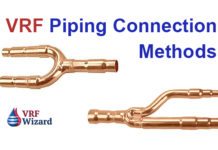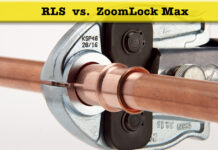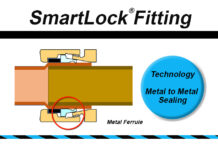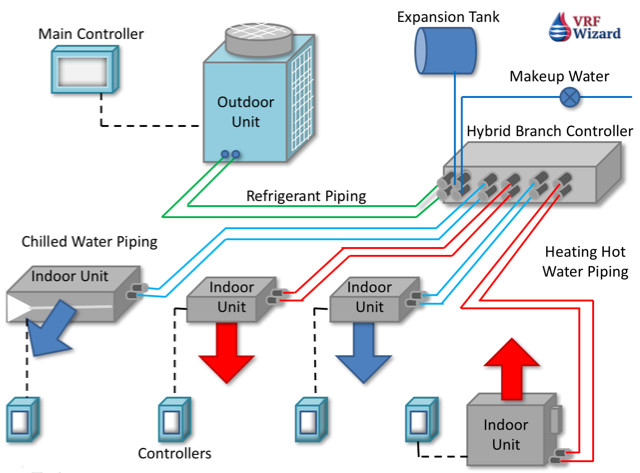This Mitsubishi Hybrid VRF System is a Heat Recovery System that uses Refrigerant on the primary side of the branch controller box and water on the secondary side to the indoor units. This VRF system mixes the best of various technologies, VRF, Chilled Water & Heating Hot Water systems.
Within the Hybrid Branch Controllers are two heat exchangers for the transfer of heat between the primary refrigerant side and the water side. Also inside the Branch Controller are two DC inverter driven water pumps that circulate water from the Hybrid Branch Controller to the Indoor Units in a closed loop. This puts the heat exchanger, valves and pumps within the Hybrid branch Controller.
The Hybrid VRF system uses the same control and network setup as the conventional VRF system.
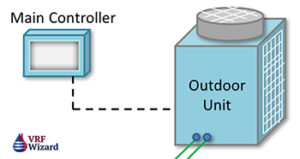

Without the use of refrigerant going to the indoor units, compliance with BS EN378, the standard used in Europe where this technology is currently available is similar to the standard used in the United States referenced as ASHRAE 15 & 34. These guidelines or regulations are meant to protect occupants from a possible refrigerant leak. Since only water runs to the indoor unit, there is no need for refrigerant leak detection.
The Mitsubishi Hybrid Branch Controller comes with 8 or 16 ports allowing up to 16 separate zones.
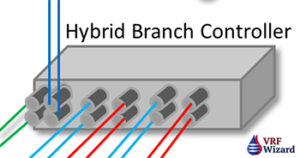

Inside the Hybrid Branch Controller you’ll find two heat exchangers at opposite ends of the box that each separates the refrigerant from the water side. These two heat exchangers operate in one of three modes.
- Both provide cooling.
- Both provide heating.
- Mixed mode. One provides cold water the other hot water.
Each heat exchanger has a DC inverter driven water pump that delivers water to the indoor unit from the Mitsubishi Hybrid Branch Controller. The branch controller contains the heat exchangers, pumps and the valves that provide directional flow, providing either cooling or heating.
VRF Hybrid System Advantages
- No leak detection required
- No refrigerant in occupied spaces. (This depends on where you put your Hybrid branch controller)
- High sensible cooling and stable room temperatures
- Hybrid VRF provides a 5% DECREASE in CAPEX cost vs VRF with Leak Detection
- Mitsubishi claims a 10% increase in sensible cooling vs VRF for this hybrid VRF.
- 2 Pipe design vs 4 Pipe (CHW & HHW)
- The use of plastic is allowed by the manufacture for the water side. This saves on the cost of copper and the additional labor for purging and brazing.
- Simultaneous heating & cooling
- Similar in terms of control & design flexibility
- Quite operation
You will need to add an expansion tank and makeup water line to the Mitsubishi Hybrid VRF Branch Controller.
Here is a video of the system available in various European countries and New Zealand







